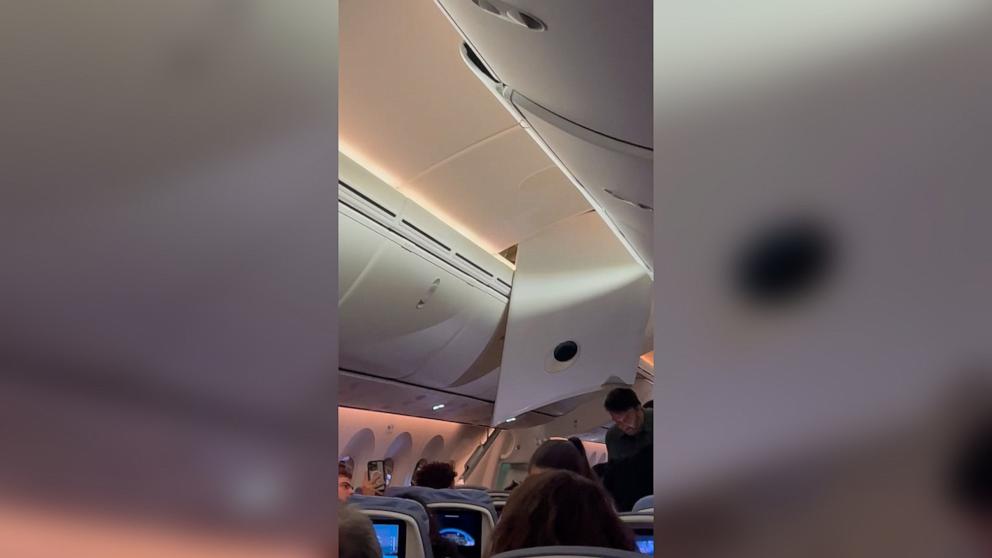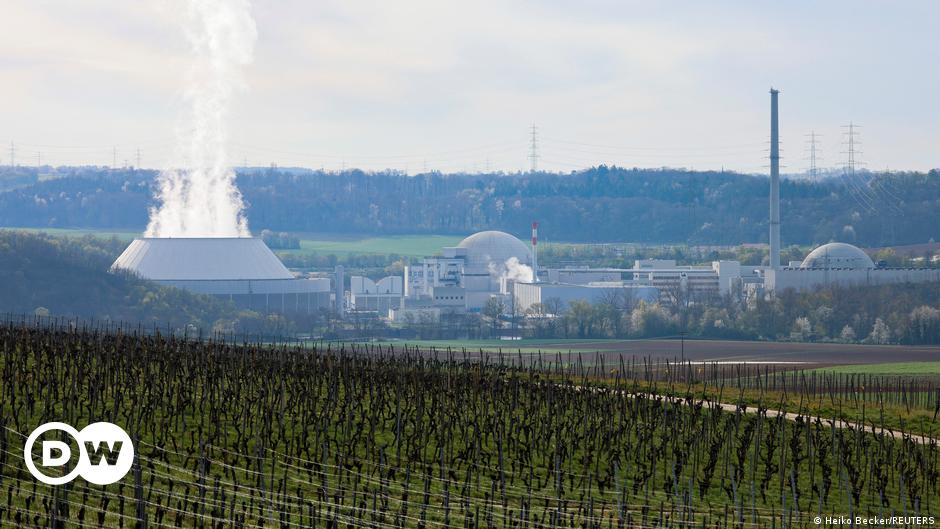Nine weeks ago, the Gaza Strip was an active home to more than two million people. Today, Israeli air strikes have flattened neighborhoods, and invading Israeli tanks have bulldozed farming communities.
Video and satellite images captured in late November and early December reveal a devastating transformation across much of northern Gaza.
Gaza Port has been the lifeline of Gaza’s fishing industry, with a fish market located next to the beach.
But now the entire area has been destroyed.
Fadi Al-Wahidi via Storyful
Satellite images show that the fighting has resulted in severe damage in almost every corner of Gaza City, far from the port area. A UN assessment in early November concluded that at least 6,000 buildings had been damaged, about a third of them destroyed.
Israeli officials vowed to destroy Hamas following the group’s surprise attack on October 7, and have since subjected Gaza to one of the most powerful bombing campaigns of the 21st century.
Multiple craters could be seen on the sidewalk, and the strikes also destroyed restaurants and hotels on the waterfront.
The satellite image pans to show the area surrounding the port. Restaurants and hotels have clearly been destroyed. Potholes can be seen on the sidewalk.
This is the Rimal area, which was once one of the most prosperous areas of Gaza. The Garden of the Unknown Soldier is now covered in tank tracks, and the Palestinian Parliament building has been bombed.
The satellite image pans to show sand. The picture shows the destruction of many buildings, including the Palestinian Parliament building. Traces of tanks can be seen in the Park of the Unknown Soldier.
Scroll to see the before and now
Satellite images from Planet Labs
Before the war, Omar Al-Mukhtar Street was the main thoroughfare in Gaza City, with restaurants, banks and shops lining the Park of the Unknown Soldier.
Now the road is filled with the rubble of destroyed buildings. Those still standing were severely damaged.
Destruction along the coast
The Gaza seashore was previously a refuge for Palestinian families during the hot summers, which were accompanied by frequent power outages.
The beaches are now deserted except for Israeli tanks and bulldozers. Many high-rise hotels that once provided tourists with sea-view rooms have burned down, their windows shattered.
The damage to the Gaza coast extends to the northern border, where Israeli forces invaded the Strip on October 27.
Dozens of homes were razed, and huge piles of dirt were moved to create temporary bases for Israeli vehicles.
The satellite image pans to show more destroyed buildings. Piles of dirt can be seen around the tank tracks.
Large greenhouses have been demolished, and traces of tanks and pits can be seen where a beach resort once stood.
The satellite image pans to show the destroyed beach resort. Large greenhouses were also destroyed, and ruins can be seen in their former locations.
The entire waterfront in this area has been bulldozed, and large craters can be seen alongside high-rise buildings, many of which have been damaged.
The satellite image pans to an area where the waterfront has been completely bulldozed. Large craters can be seen in the ground as well as damaged buildings.
Satellite images from Planet Labs
Al-Shati, initially established as a refugee camp in 1948, has developed into a densely populated neighborhood north of Gaza City, near the coast. Its narrow streets, shown below, were home to 90,000 people before the war.
After suffering multiple air strikes, buildings collapse and the streets are filled with rubble.
The cost of dividing Gaza into two parts
The Israeli forces that invaded the Strip from the east effectively separated Gaza into two parts and closed the roads extending from north to south. The area around this advance suffers some of the most concentrated damage.
The effects of tanks divided this neighborhood into two parts, and dozens of its buildings were destroyed. Hundreds of others were damaged, including a university.
The satellite image pans to show more destroyed buildings. The picture shows severe damage to Al-Azhar University, as well as tanks in the courtyard. By scrolling, a satellite image dating back to previous months appears, in which the white path dividing Al-Mughraqa did not exist.
Farmland was bulldozed across the width of the strip, and main roads were torn up by the constant movement of tanks.
The satellite image pans to show more destroyed buildings, defensive earthworks, dirt roads and vehicle tracks. Scrolling reveals a satellite image taken months ago, in which most of the area shown was farmland.
Huge craters and rubble are all that remains in some neighborhoods.
The satellite image pans over and highlights multiple craters, which were not present in the satellite image from months prior.
Satellite images from Planet Labs
The next phase
These photos capture only a fraction of the devastation in the Gaza Strip. Recent assessments indicate that more than half of the buildings in northern Gaza show signs of destruction.
The south has also been hit by repeated aerial bombardments since the war began on October 7, including the Al-Amin Muhammad Mosque, as shown here.
The mosque, located northeast of Khan Yunis, was destroyed in an Israeli air strike at the beginning of the conflict.
Israeli forces are now focusing their ground attack on Khan Yunis, the largest city in the southern Gaza Strip, which increases the possibility that the devastation witnessed in northern Gaza will soon be reflected in the south. Israeli officials say the Hamas leadership established a stronghold there after fleeing the north.
Hundreds of thousands of civilians who were asked to seek refuge in the south at the beginning of the war find themselves once again at the heart of the conflict. Humanitarian conditions are rapidly deteriorating, with the United Nations warning that shelters are far exceeding their capacity, leaving many people sleeping on the streets or in empty spaces.

“Coffee trailblazer. Certified pop culture lover. Infuriatingly humble gamer.”



